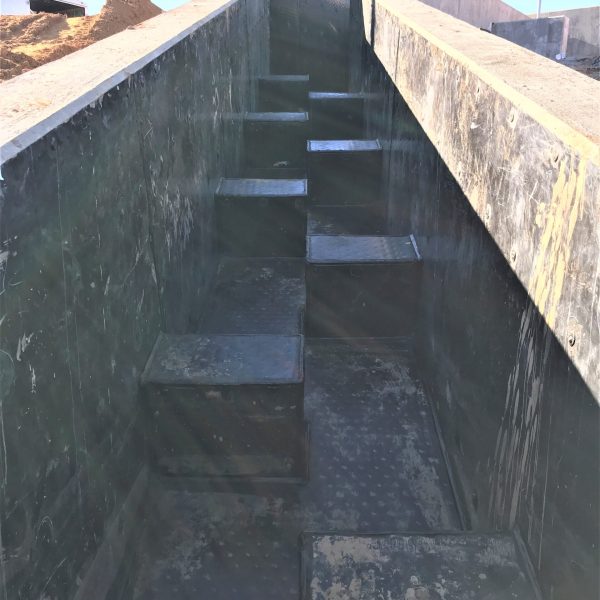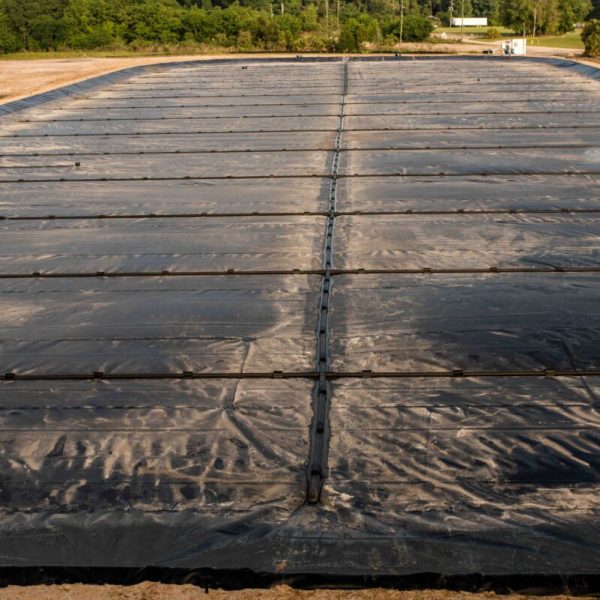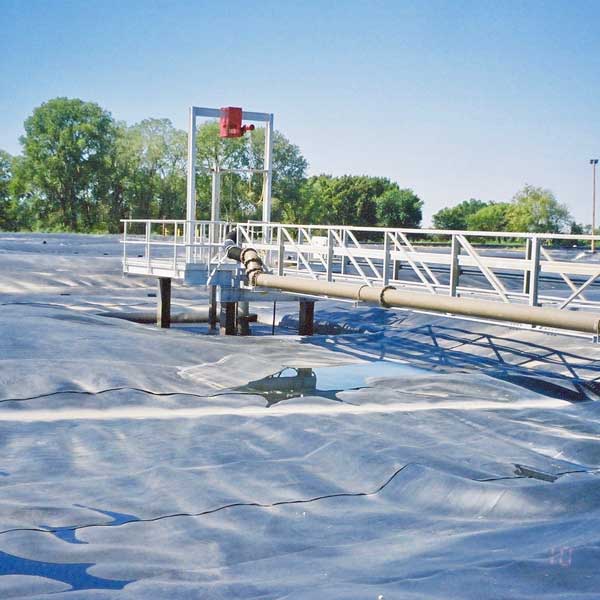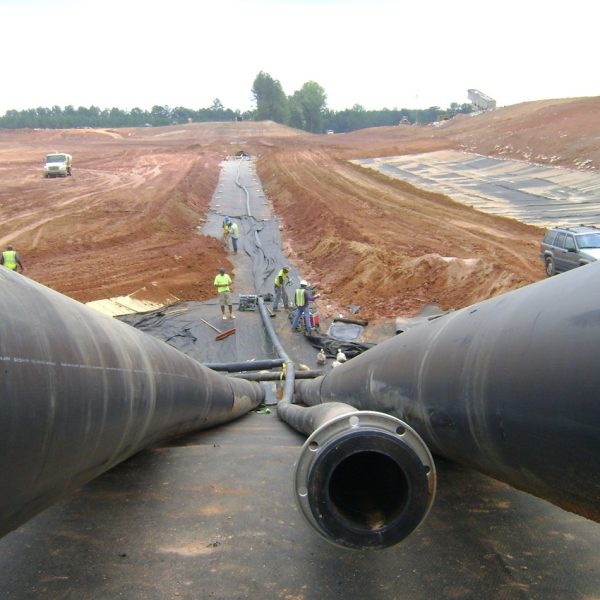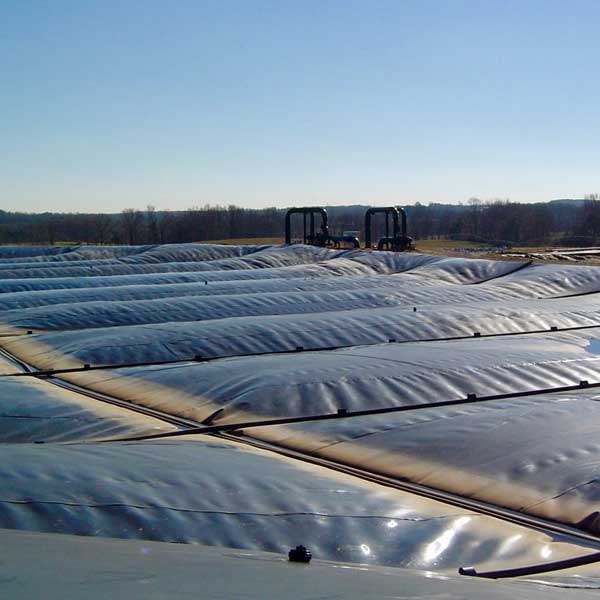Anaerobic Digester Covers
CONTACT NOW FOR FREE CONSULTATION


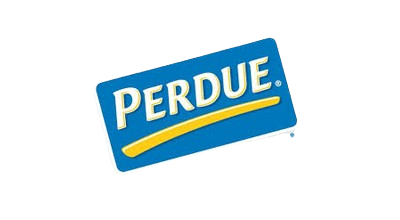















Anaerobic Digester Covers
We design and install HDPE cover systems for anaerobic digesters and are a pioneer in anaerobic digester lagoons for biogas collection and conversion to Renewable Natural Gas (RNG).
Liner Systems
Plastic Fusion has been installing geosynthetic containment systems for more than 40 years.
Piping Systems
Our custom fabricated piping systems meet even the toughest handling requirements. Materials offer long-term chemical resistance and environmental containment.
Concrete Protective Liners
Plastic Fusion is a leader in the installation of concrete protective liners in industrial tanks and storage facilities, wastewater treatment tanks, and chemical processing plants.
Anaerobic Digester Cover
Anaerobic digester covers play a pivotal role in sustainable waste management by facilitating the conversion of organic waste into biogas for renewable energy. These covers not only trap methane emissions but also prevent foul odors, making them essential for maintaining environmental and public health standards. With customizable options tailored to various digester configurations and operational needs, these covers ensure efficient biogas production while minimizing environmental impact. From floating covers to fixed structures, anaerobic digester covers offer versatile solutions for harnessing biogas potential and advancing towards a greener future.
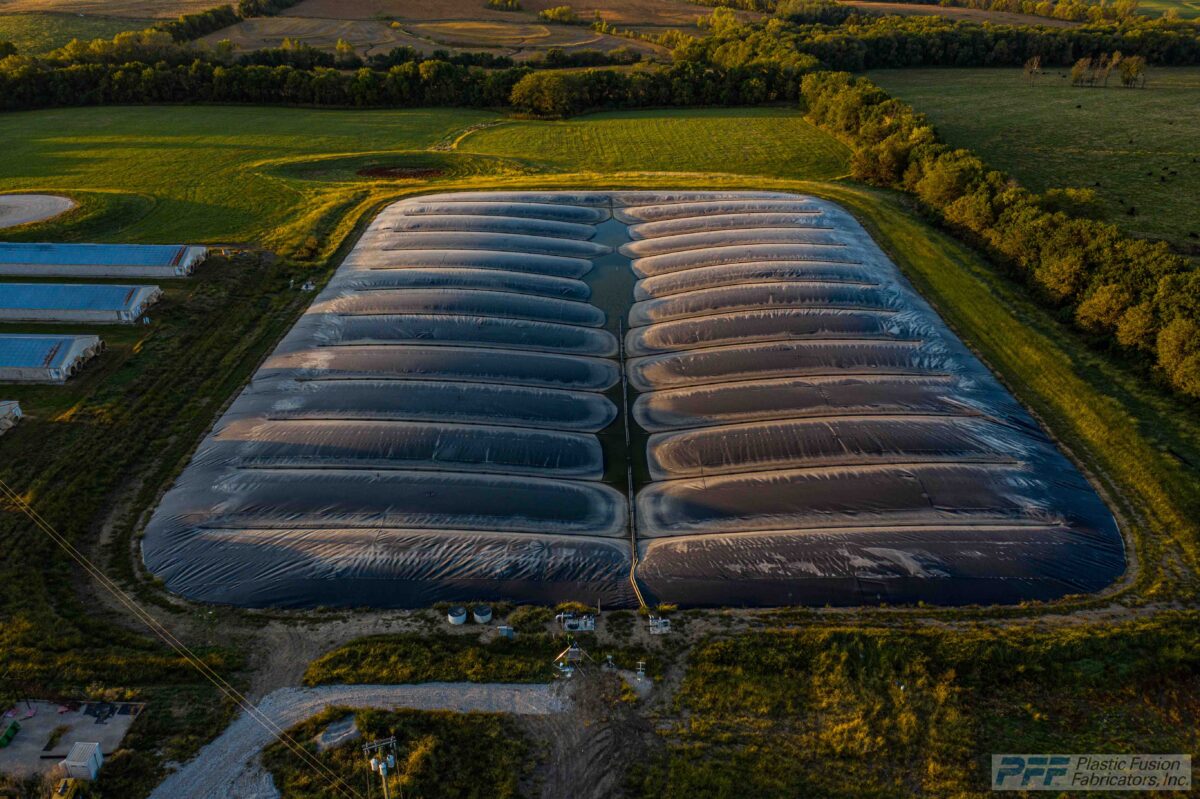
Read more
What is an Anaerobic Digester Cover?
An anaerobic digester cover is a specialized membrane or cover designed to seal the top of an anaerobic digester, creating an airtight environment that facilitates anaerobic digestion. These covers are essential for capturing biogas produced during the digestion of organic waste, which can be used as a renewable energy source.How Does an Anaerobic Digester Cover Work?
An anaerobic digester cover seals the digester and maintains an oxygen-free environment, which is crucial for the anaerobic digestion process. As organic waste is broken down by microorganisms inside the digester, biogas is produced and rises to the top. The cover traps this biogas, preventing it from escaping into the atmosphere. The captured biogas is then channeled through pipes to storage or utilization points.What Materials Are Used in Anaerobic Digester Covers?
Anaerobic digester covers are typically made from durable, flexible materials like high-density polyethylene (HDPE), reinforced geomembranes, or other synthetic polymers. These materials resist UV rays, chemicals, and harsh weather conditions, ensuring long-term effectiveness and durability.What are the Benefits of Using an Anaerobic Digester Cover?
- Increased Biogas Production: By creating an airtight seal, these covers ensure maximum capture of biogas, which can be used for energy production.
- Odor Control: The covers help contain unpleasant odors associated with the anaerobic digestion process.
- Environmental Protection: By capturing methane, a potent greenhouse gas, these covers help reduce emissions and mitigate climate change.
- Economic Benefits: The captured biogas can be used to generate electricity or heat, providing a renewable energy source and reducing reliance on fossil fuels.
- Enhanced Safety: By containing the biogas, the covers reduce the risk of explosive gas buildup and ensure a safer operational environment.
How to Install an Anaerobic Digester Cover?
Installing an anaerobic digester cover involves several key steps:- Preparation: Ensure the anaerobic digester is properly constructed and ready for the cover installation.
- cover Placement: Spread the cover over the digester, ensuring it fits securely and covers all openings.
- Sealing: Secure the edges of the cover to the digester structure to create an airtight seal.
- Gas Collection System Integration: Connect pipes and valves to the cover to allow for the controlled collection and transport of biogas.
- Inspection and Maintenance: Regularly check the cover for any damage or wear and perform necessary repairs to maintain its effectiveness.
What Maintenance is Required for an Anaerobic Digester Cover?
Maintenance of anaerobic digester covers includes regular inspections to check for tears, punctures, or signs of degradation. Periodically cleaning the cover to remove debris and checking the seals and connections for leaks are also important. Proper maintenance ensures the longevity and efficiency of the cover in capturing biogas.Why Choose Plastic Fusion for Anaerobic Digester Covers?
Plastic Fusion is a leading installer of anaerobic digester covers, known for its expertise and high-quality materials. It offers comprehensive services from design and installation to maintenance, ensuring optimal performance of your anaerobic digester system. With a focus on innovation and sustainability, Plastic Fusion helps clients maximize their biogas production and contribute to a greener future. Choose Plastic Fusion for reliable, durable, and efficient anaerobic digester covers that enhance renewable energy production.What Is Anaerobic Digestion of Food Waste?
Anaerobic digestion of food waste breaks down organic materials in an oxygen-free environment, producing biogas and digestate. The biogas generated can be used for energy, while the digestate is often used as fertilizer. This process efficiently converts food waste into renewable energy and reduces landfill use.What Are the Advantages of Anaerobic Digestion?
Anaerobic digestion has advantages, including the production of renewable energy, reduction of greenhouse gas emissions, and efficient treatment of organic waste. It also generates byproducts like biogas, which can be used for power generation, and nutrient-rich digestate, which can be used as a natural fertilizer.How Does an Anaerobic Digester Power Generation System Work?
An anaerobic digester power generation system converts the biogas produced from organic waste into electricity and heat. As microorganisms break down waste, methane is captured and used to fuel generators, creating a sustainable source of energy for industrial or municipal operations.What Are the Environmental Benefits of an Anaerobic Methane Digester?
Anaerobic methane digesters provide significant environmental benefits by capturing methane, a potent greenhouse gas, and converting it into energy. This process helps reduce overall carbon emissions, lowers landfill waste, and promotes the use of renewable energy sources.How Is an Anaerobic Digester Used for Power Generation?
An anaerobic digester for power generation captures the biogas produced during the digestion process and uses it to fuel generators. The methane-rich biogas is combusted to produce electricity, which can be used on-site or fed into the local power grid, making it a key element in renewable energy production.What Is the Role of an Organic Waste Anaerobic Digester?
An organic waste anaerobic digester is used to break down organic materials such as food scraps, agricultural waste, or sewage sludge. The digester captures the methane produced during decomposition, which can be used for energy production, while the remaining solid byproduct can be repurposed as fertilizer.How Does a Food Waste Anaerobic Digester Benefit Waste Management?
A food waste anaerobic digester offers an effective solution for managing food waste by converting it into biogas and digestate. This process reduces the amount of waste sent to landfills, lowers methane emissions, and provides a renewable energy source, promoting a circular economy in waste management.What Is Anaerobic Digester Power Generation EPC?
Anaerobic digester power generation EPC (Engineering, Procurement, and Construction) services focus on designing, constructing, and installing anaerobic digesters that generate electricity. EPC services ensure the efficient and timely execution of anaerobic digester projects, from conception to commissioning.How Is Anaerobic Digester RNG (Renewable Natural Gas) Produced?
Anaerobic digester RNG is produced by refining the biogas captured during anaerobic digestion. The biogas is cleaned to remove impurities such as carbon dioxide and hydrogen sulfide, resulting in RNG, which can be used as a substitute for fossil natural gas in various applications.What Is the Capacity of an Industrial Anaerobic Digester?
The capacity of an industrial anaerobic digester varies depending on its design and the volume of waste it processes. These digesters can handle large quantities of organic waste, making them ideal for industrial applications where high volumes of food waste or agricultural waste are converted into energy and digestate.What Is Food Waste Anaerobic Digestion?
Food waste anaerobic digestion is a process in which microorganisms break down food waste without oxygen, producing biogas and digestate. The biogas can be used for energy production, while the digestate is often used as a fertilizer, contributing to more sustainable waste management practices.What Is Anaerobic Digester RNG EPC?
Anaerobic digester RNG EPC services manage the full lifecycle of anaerobic digester projects that produce renewable natural gas (RNG). These services include the engineering, procuring, and constructing facilities that convert organic waste into RNG, a clean alternative to traditional natural gas.How Does an Anaerobic Digester Work for Wastewater Treatment?
An anaerobic digester for wastewater treatment processes organic waste from sewage in an oxygen-free environment. The digestion process reduces sludge volume and produces biogas, which can be used as an energy source, providing a sustainable solution for wastewater management.What Is Anaerobic Digestion Equipment?
Anaerobic digestion equipment includes the tanks, piping, gas systems, and other components required for the anaerobic digestion process. These systems are designed to capture and utilize biogas, treat organic waste, and produce renewable energy, helping industries manage waste more efficiently.How Does Anaerobic Digestion Generate Renewable Energy?
Anaerobic digestion generates renewable energy by converting organic waste into biogas through microbial activity. The methane-rich biogas is captured and used to generate electricity, heat, or refined into renewable natural gas (RNG), contributing to a sustainable energy supply.What Is a Covered Anaerobic Lagoon?
A covered anaerobic lagoon is a large pond used to treat organic waste through anaerobic digestion. The cover traps biogas produced during the process, preventing emissions and allowing the gas to be captured and used for energy generation, making it a key component in agricultural and industrial waste management.How Do Anaerobic Gas Systems Support Energy Production?
Anaerobic gas systems are essential for capturing and processing the biogas produced in anaerobic digesters. These systems ensure the efficient collection, purification, and delivery of biogas to power generation units or for upgrading to renewable natural gas (RNG), providing a reliable renewable energy source.What is an Anaerobic Digester System
An anaerobic digester system is a technology that breaks down organic materials, such as animal manure, food waste, or agricultural residues, without oxygen. This process, called anaerobic digestion, generates biogas (a mix of methane and carbon dioxide) and a nutrient-rich digestate that can be used as fertilizer. The methane-rich biogas is typically captured and used as a renewable energy source, often for generating electricity, heat, or natural gas substitutes.Steps in Methane Production through Anaerobic Digestion
- Hydrolysis: Complex organic molecules like carbohydrates, proteins, and fats are broken down into simpler sugars, amino acids, and fatty acids.
- Acidogenesis: The simpler molecules are further converted into volatile fatty acids, along with by-products like carbon dioxide (CO₂), hydrogen (H₂), and ammonia (NH₃).
- Acetogenesis: Volatile fatty acids are converted into acetic acid, CO₂, and H₂.
- Methanogenesis: Methane-producing (methanogenic) bacteria convert acetic acid, CO₂, and H₂ into methane (CH₄) and water.
Key Features of Anaerobic Digestion and Biogas Production
- Biogas Composition:
- Methane (CH₄): 50-70% of biogas, the primary energy carrier.
- Carbon Dioxide (CO₂): 30-50%, a by-product of the digestion process.
- Trace Gases: Hydrogen sulfide (H₂S), ammonia (NH₃), and other gases in small amounts.
- Stages of Biogas Production:
- Hydrolysis: Complex organic matter (carbohydrates, fats, proteins) is broken down into simpler compounds.
- Acidogenesis: Simple compounds are converted into volatile fatty acids, alcohols, and gases like CO₂ and H₂.
- Acetogenesis: Volatile fatty acids are transformed into acetic acid, H₂, and CO₂.
- Methanogenesis: Methane-producing bacteria convert acetic acid and H₂ into methane and water.
- Biogas Applications:
- Electricity Generation: Biogas can be burned in a generator to produce electricity.
- Heat Production: It can be used in boilers for heating water or buildings.
- Upgraded Biomethane: Biogas can be purified to remove CO₂ and other impurities, producing biomethane, which is suitable for use in natural gas grids or as vehicle fuel.
- Environmental Benefits:
- Greenhouse Gas Reduction: By capturing methane, a potent greenhouse gas, anaerobic digestion prevents its release into the atmosphere.
- Waste Management: Reduces organic waste in landfills and wastewater treatment plants.
- Nutrient Recycling: The residual digestate from the process can be used as a nutrient-rich fertilizer for agriculture.


